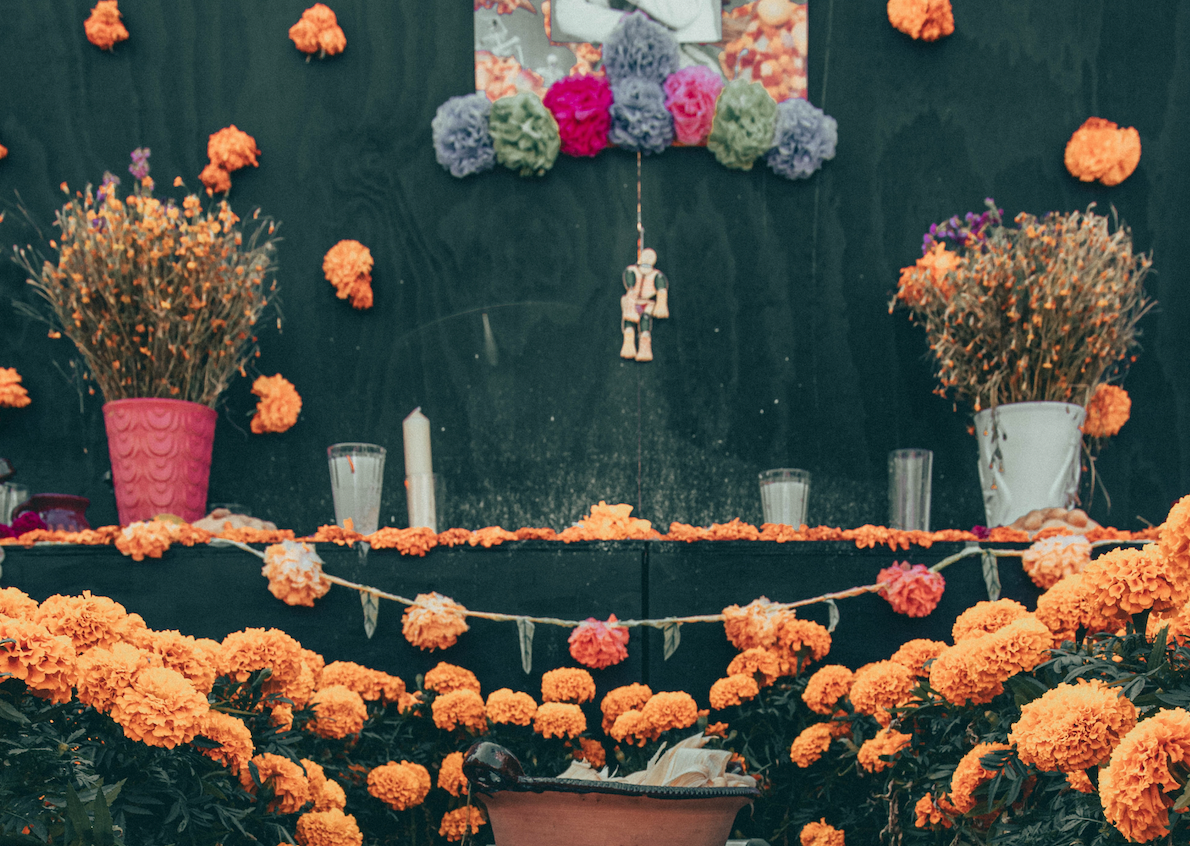Step into the vibrant world of Dia de los Muertos in Mexico, where marigolds and a symphony of colors come together to celebrate and honor the departed. This beautiful tradition weaves a tapestry of offerings, intricate flowers, and mesmerizing symbols.
Uncover the significance of colors, learn about Mexican decorations, and discover the deep-rooted traditions of honoring loved ones with food. From understanding the structure of the displays to the symbolism of Dia de los Muertos, we'll journey through it all, offering insight into creating your altar and the fascinating components of these symbolic celebrations.
Now let's delve into the enchanting realm of ofrenda ideas, where marigolds and other blossoms play a vital role.

Day of the Dead Altars: A Colorful Tradition
In Mexico, Dia de los Muertos is a holiday steeped in tradition and cultural significance. At its heart are the altars that serve as a location of reverence for family members who have passed. These vibrant shrines are a vital part of the November festivities. Meticulously arranged, each element represents different aspects, creating a spiritual guide for those who have left the physical world.
The Altar Levels
- Earthly Level: At the base of the altar, one will often find items like salt and customary Mexican food, such as sugar skulls, pan de muerto, and the preferred dishes of the deceased. These offerings are meant to nourish and please ancestors, ensuring they have a satisfying time during their visit.
- Water Level: This part usually features a container of water to quench the thirst of the spirits after their long journey back to the world of the living.
- Wind Level: Here, papel picado (decorative paper), representing the wind, is displayed. These intricate paper cutouts, often adorned with skulls and other festive designs, add a sense of movement and whimsy to the altar.
- Fire Level: Candles and incense, often placed on this spot, are symbolic of the fire that lights the way for the departed to return to their loved ones. The flickering candles are also believed to represent the souls of the dead.
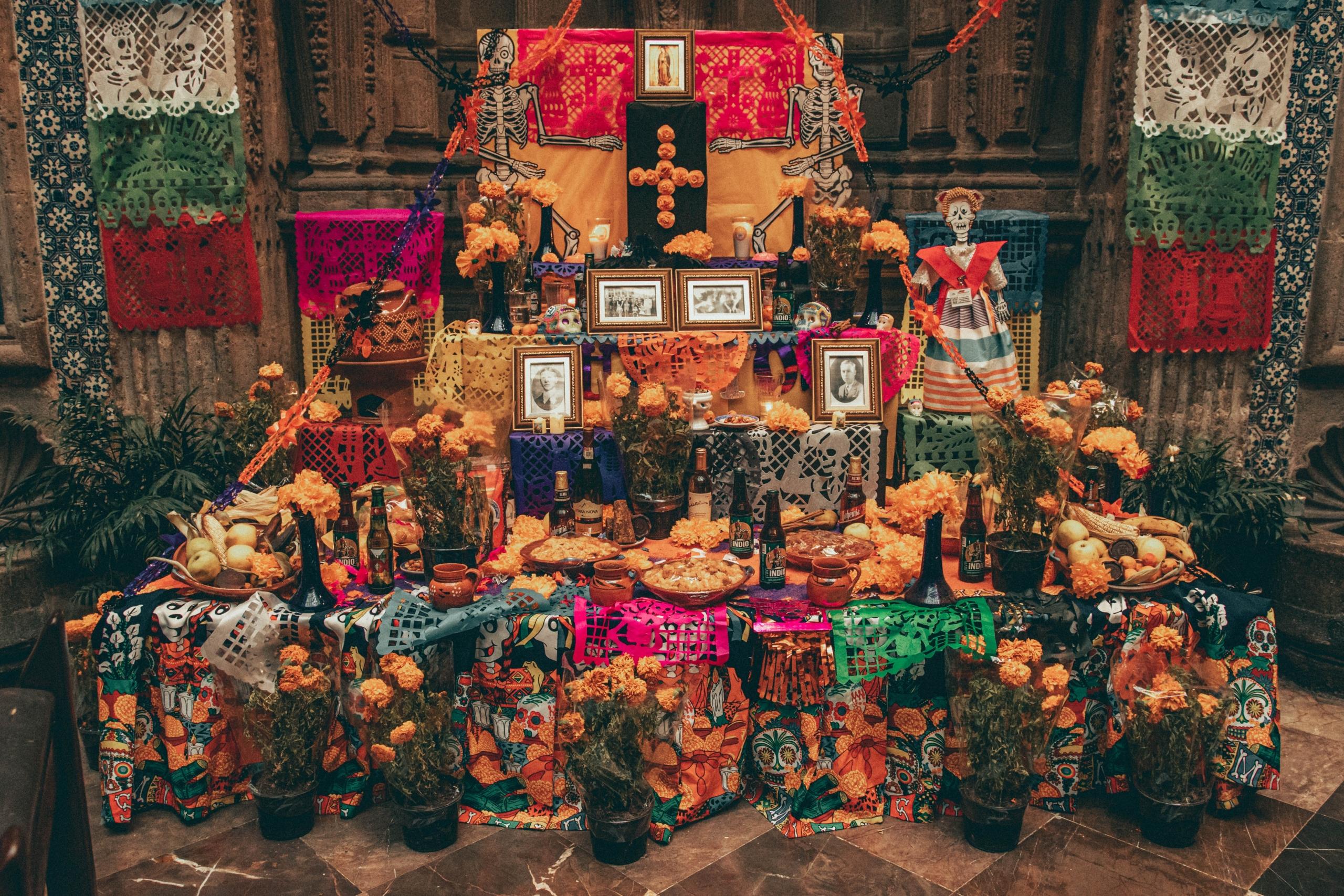
Ofrendas and Items
On these Day of the Dead ofrendas, you will find photos of those who had passed, marigold flowers (cempasúchil), and items that they enjoyed in life, such as their favorite drinks or personal mementos. Each element and item on the altar holds significance and is carefully chosen to create a warm and inviting venue for the souls of their family members to return to.
As the smell of incense fills the air, and the marigolds surround the altar with their vibrant orange and yellow hues, the Day of the Dead altar becomes a focal point of the Dia de los Muertos festivities. It's a place where the community comes together to honor the memory of the departed, celebrating the lives of those who have left this world, yet remain in the hearts of the living. This colorful tradition is a testament to the enduring connection between the realms of the living and the dead, a time when those who have passed are welcomed back with open arms, guided by the love and memories of the communities that cherish them.
Crafting the Perfect Day of the Dead Altar
In Mexico, the art of crafting a Day of the Dead altar is a deeply cherished tradition, bringing people together to celebrate the lives of those who have left this earthly realm. These colorful and intricate displays are a fundamental aspect of the Dia de los Muertos festivity, which typically occurs on the 1st and 2nd of November. Each element on the altar is thoughtfully chosen to represent the earthly connection, memory, and honor of those who have passed away.
At the core of crafting the perfect Day of the Dead altar is the desire to create a warm and inviting space where the community can come together to remember and celebrate those who have passed. This connection between the living and the deceased is crucial to the holiday's significance.
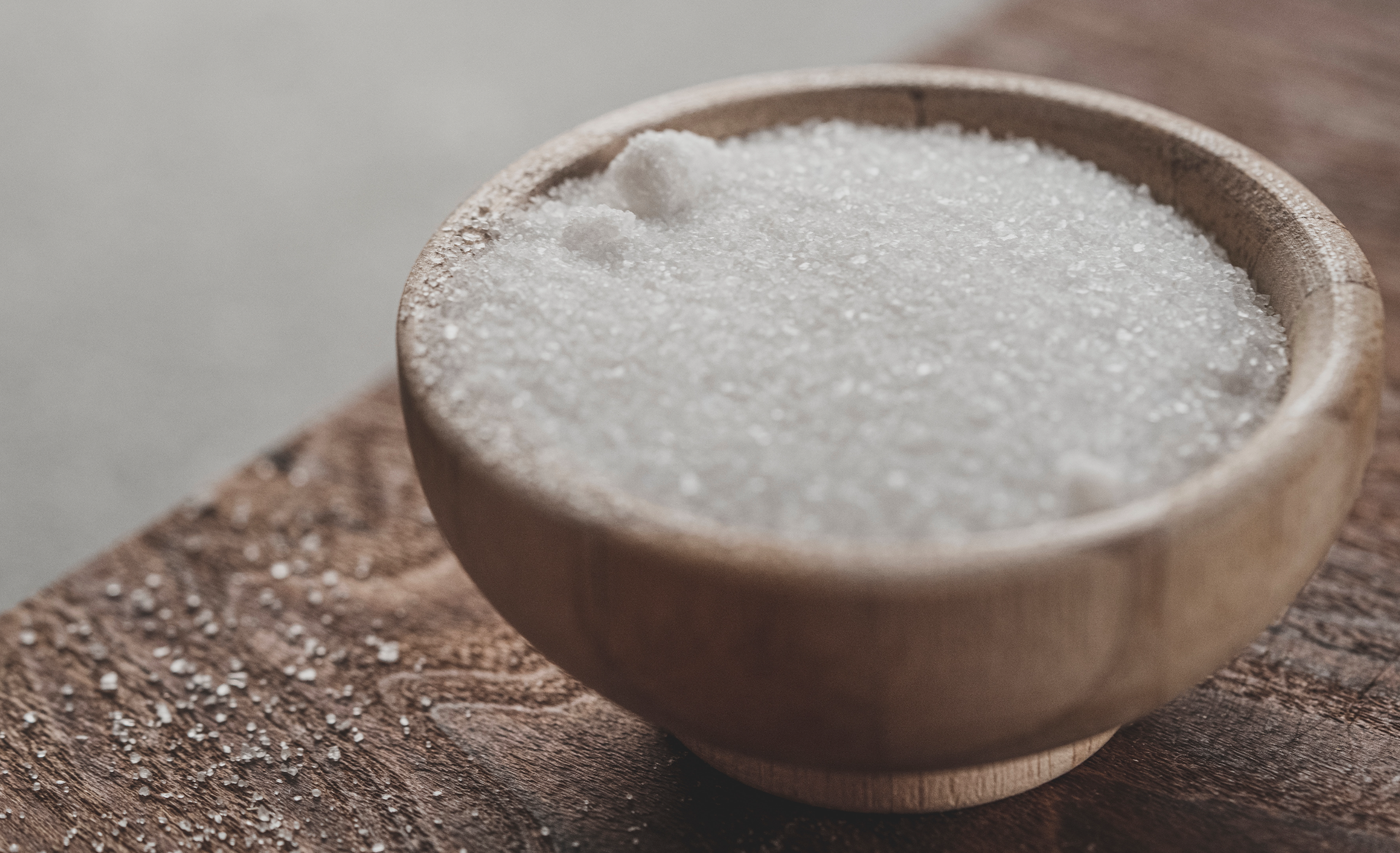
Elements of the Altar:
- Sugar Skulls: These are intricately decorated and serve as central principals, representing the sweetness and impermanence of life and death. They are often personalized with the names of the departed.
- Pan de Muerto: The traditional bread of the dead, this sweet, fluffy bread is shaped like a skull or bones and is a delicious offering to those who have passed, symbolizing the circle of life.
- Photos: Framed photographs of those who have passed away play a vital role in the altar, reminding everyone of the individuals being celebrated and ensuring their memory lives on.
- Salt: A vital element, this is believed to purify and preserve the spirits of the departed, helping them on their journey back to the world of the living.
- Papel Picado: Delicate, decorative paper cutouts are hung around the altar, adding a sense of movement and festivity, symbolizing the wind and the connection between the realms of the living and the dead.
The Day of the Dead altar is an embodiment of tradition and serves as a guide to those looking to honor their ancestors. It's a testament to the enduring connection between the living and the memory of the departed. With its combination of vibrant components, photographs, and sweet ofrendas, it becomes a tangible bridge between two worlds, where love and cherished memories are the foundation.
Crafting the perfect Day of the Dead altar is a heartfelt and meaningful endeavor, reflecting the deep respect and affection that newer generations hold for their ancestors and the cycle of life and death.

Ofrenda Ideas
Crafting an ofrenda or offering is a cherished tradition that brings families together to honor their loved ones. The offering is a space in the home where cherished memories are celebrated, and the spirits of the departed are welcomed with open hearts.
Here, we explore creative ideas that add a personal and stylish touch to this beautiful tradition.
Familial Unity
One of the most heartwarming aspects of Day of the Dead is how it unites families. Creating an ofrenda is often a collaborative effort, reinforcing the bonds between generations.
Sensory Feast
The offering engages the senses. Including the departed's treasured foods fills the air with enticing aromas. Vibrant flowers surround the shrine, creating a colorful, fragrant experience.
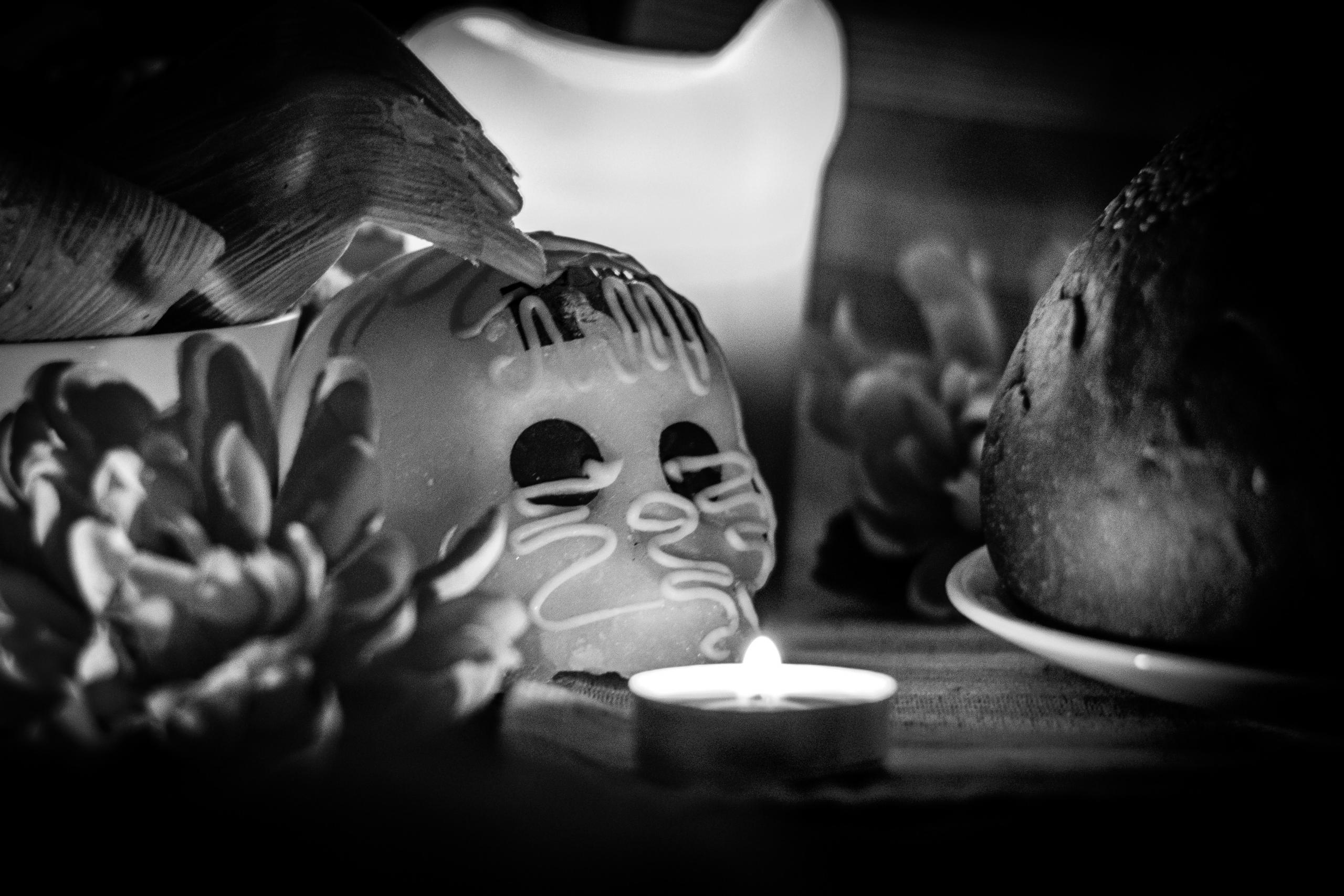
Personal Touch
A stylish offering reflects the unique personality of the person being celebrated. It can include personal items, like artwork for artists or musical instruments for music lovers.
Stories and Letters
Incorporate written stories or heartfelt letters to the departed. Sharing memories and love through words deepens the connection.
Creating an altar is a commemoration of life, a place where ancestral traditions are passed down, and cherished memories are relived. Each ofrenda is a unique work of art, lovingly crafted to reflect the personality of the departed. It's a location where families unite to honor their family and friends, sharing stories and delicious food. It's a stylish and personal tribute, celebrating life in all its colorful and flavorful glory.
Symbols of the Day of the Dead
In Mexico, the Day of the Dead is a festivity deeply rooted in the culture and the connection between the living and the departed. The symbols that adorn this holiday are rich with meaning, offering a profound glimpse into the beliefs and traditions of the region.
- Earthly Symbols: The Day of the Dead is a tribute to the cycle of life and the belief that the souls of the deceased return to this earthly realm. One of the most important symbols is the marigold, known as the "flor de cempasúchil," representing the earth and guiding spirits.
- Mexican Heritage: The symbols reflect the deep-seated connection between Mexicans and their ancestors, celebrating their cultural identity and heritage. Traditional Mexican decorations and sweet bread symbolize this connection.
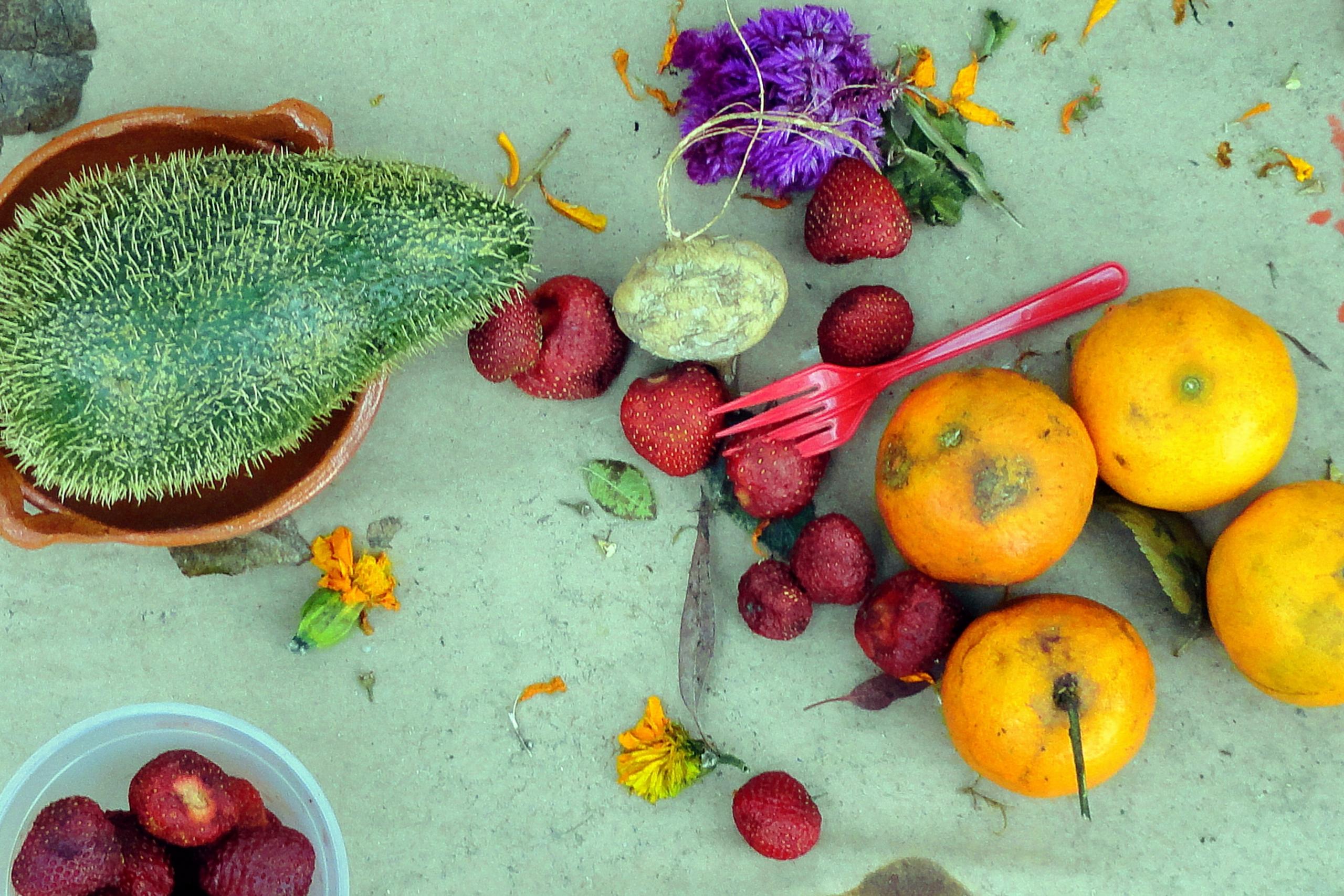
These symbols are a testament to the enduring connection between the living and the memory of those who have passed away. They embody the idea that the departed are never truly gone; they live on in the hearts of their loved ones and are welcomed back to the world of the living during this special celebration. The Day of the Dead is a beautiful reminder that life and its many rich symbols are to be celebrated, and the legacy of those who have come before should be cherished.
People from diverse backgrounds come together to create Day of the Dead altars, representing their favorite elements on different levels, grounding the celebration in a shared connection to the earth and cherished traditions
Learn Spanish with Superprof
Looking to learn more about Day of the Dead, while improving your Spanish language skills? With a diverse community of expert tutors ready to guide you at Superprof, you can personalize your language learning experience to suit your unique needs and goals. Superprof provides a supportive and convenient platform for learners of all levels, from beginners to advanced speakers. Whether you're looking to increase your vocabulary, enhance your grammar, or improve your speaking abilities, Superprof equips you with the tools and guidance to make your language learning adventure both enjoyable and successful. Start your Spanish language journey with Superprof, and embrace a world of new possibilities and connections.

